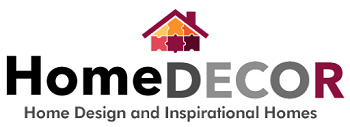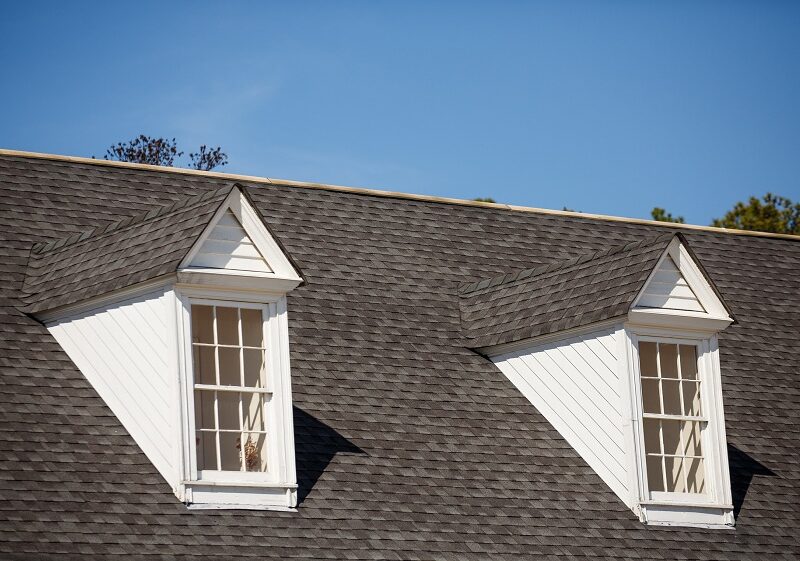One of the tasks of building or renovating your home or business is to find the right roof. There are many roofing materials, each with unique benefits and drawbacks. In this article, we will explore seven different types of roofs and discuss the pros and cons of each one.
1. Metal
Metal roofs are a popular choice for both homes and businesses and are often recommended by roofing companies in the villages. They are durable and long-lasting and can help reflect heat, saving energy costs.
Metal roofs are available in various colors and styles, so you can find one that complements your property. However, metal roofs can be noisy during rainstorms or when hail hits them.
Metal roofs are best for properties in areas with severe weather conditions. They can withstand high winds and are resistant to fire.
2. Asphalt shingle
Asphalt shingle roofs are a common choice for both residential and commercial properties. They are relatively easy to install and available in various colors. Asphalt shingles are also quite durable but can be damaged by high winds or hail. Cost-wise, they are one of the more affordable options.
3. Wood shingle
Wood shingle roofs are a popular choice for residences, especially in historic districts, because they add to the property’s charm. Wood shingles are made of cedar, redwood, or pine and can last up to 30 years with proper care.
One of the biggest pros of wood shingles is their natural aesthetic appeal. They are also environmentally friendly as they are made of renewable resources. The main drawback of wood shingles is that they are flammable and require more maintenance than other roofing materials.
4. Slate
Slate roofs are a luxurious option that can add to your home’s curb appeal. They are made of natural stone and can last up to 100 years with proper care and are installed by professional roofing companies in the villages.
Slate roofs are exceptionally durable and fire-resistant. They are also low maintenance and environmentally friendly. However, they are one of the more expensive roofing options and can be challenging to repair if damaged.
5. Clay tile
Clay tile roofs are a popular choice in warm climates. They are made of fired clay and typically have a lifespan of 50 years or more.
Clay tile roofs are durable and fire-resistant. They are also low maintenance and energy-efficient. However, they can be expensive, and the tiles can break if hail or falling tree limbs hit.
6. Solar
Solar roofs are a newer option that is becoming more popular as solar technology improves. Solar roofs are installed with photovoltaic cells that convert sunlight into electricity. This can help to offset energy costs and make your home or business more environmentally friendly.
Solar roofs are a good choice for properties with a lot of sunlight. They are durable, low maintenance, and can help save on energy costs. However, they can be expensive to install, and the initial investment may not be returned for several years.
7. Green
Green roofs are another newer option becoming more popular as people become more aware of the environmental benefits. A green roof is a type of roof with plants or trees. The plants help to insulate the building, reduce noise pollution, and absorb carbon dioxide.
Green roofs are a good choice for properties that want to be more environmentally friendly. They are also low maintenance and can help to save on energy costs. However, they can be expensive to install, and the plants may need extra care in hot or dry climates.
Final thoughts
There are many different roofs when building or renovating your home or business. Each roofing material has its unique benefits and drawbacks, so it’s essential to choose the right one for your needs. If you’re not sure which roof is right for you, consult with a professional roofing contractor or roofing companies in the villages. They will be able to assess your needs and recommend the best option for your property.










